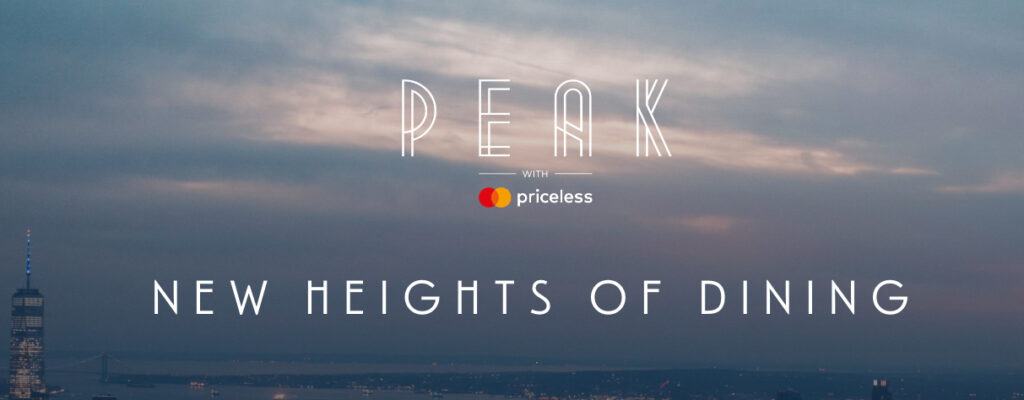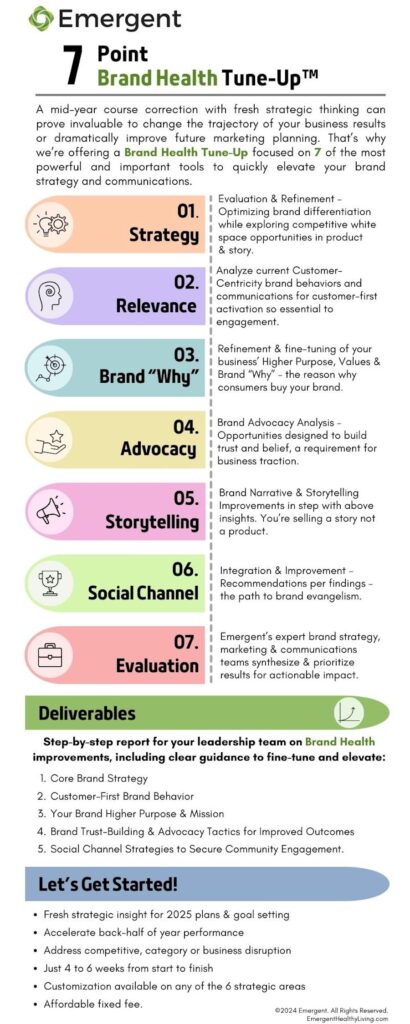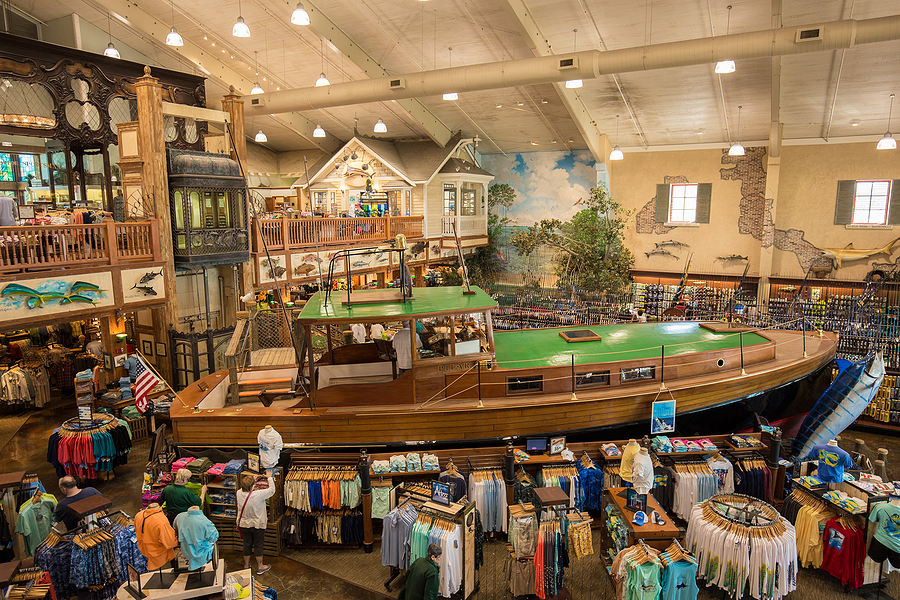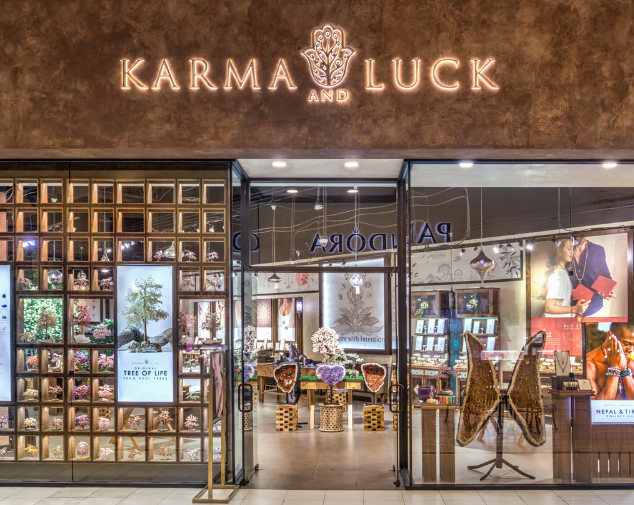
Stretching the Boundaries of Emotional Marketing
June 17th, 2024 Posted by Emergent Behavioral psychology, brand marketing, Brand preference, Differentiation, Higher Purpose, Social proof, storytelling, Strategic Planning 0 comments on “Stretching the Boundaries of Emotional Marketing”Engaging consumer sub-conscious for action and decisions
Neuroscience helps us understand that consumer actions and decisions (to buy) are controlled by the sub-conscious side of our brain. The conscious, learning area of our intellect will play a role post-purchase, as cognitive bias compels us to seek out more factual type information that confirms the wisdom of our choices.
- This area of the brain isn’t influenced by analytical arguments and fact-based messaging. Yet we find the vast majority of CPG and retail marketing communication presumes that people process rational information on the road to making a purchase. Not true. Doesn’t happen that way.
It is how people FEEL in the presence of your brand that influences their decisions and actions. Heart-over-head every time. So why is this insight not the center of brand strategy? Rather it’s an afterthought or addressed only at the surface level through a compelling image for example that drives food appetite appeal.

All-in on sensory strategy
Profiled in a recent report by AXIOS, one company, Mastercard, has jumped fully into multi-sensory marketing strategies that stretch the very core of how a brand creates a feeling, a relationship, an emotion – knowing this is directly connected to below-conscious cues and actionable behaviors.
Mastercard is indeed pushing hard at the edges of differentiation by pulling their brand into totally unusual places that disrupt expectations of how a credit card payments brand might normally behave. In doing so they are actively mining virtually all of our sensory cues including taste, sight, smell, touch and sound. Authentic strategy is always a ‘swing for the fences’ kind of proposition that causes you to step back, blink and notice, and say “wow, that’s unexpected.”
- Mastercard’s Priceless positioning amplifies the value of experiences over merely buying things. This is activated in ways that allows the brand to fully envelop the consumer in an encounter that closes the loop fully on emotional response.
A brand you hear, taste and smell
Mastercard amps its Priceless experience concept by opening fine dining restaurants, six of them so far, under the Priceless banner. You can snack on red and persimmon colored Ladurée macarons, while sipping signature cocktails that match the logo color scheme. Your Mastercard date-night experience enhanced with the compelling scent of either Priceless Passion or Priceless Optimism fragrances packaged in the same logo-inspired colors.
Leaving no stone unturned, 590 million POS terminals have been programmed to play a Mastercard pneumonic ‘song’ when every transaction is completed. The auditory layer again respectful of how people can experience Mastercard by conveying the scent, sound and flavor of its name and “Priceless” theme.
- In an interview with AXIOS, Mastercard CMO Raja Rajamannar explains: “The theory is that a normal human being is blessed with five senses. Each sense is a mechanism by which information goes into the individual’s brain, [where they] process it, and then they either think, feel, act or do something with it. Marketing people have only historically relied on the sense of sight and the sense of sound, and they were doing it in a highly intuitive rather than a scientific fashion.”
To drive the concept home Mastercard recently held a media dinner at their Peak with Priceless restaurant, on the 101st floor of 30 Hudson Yards in Manhattan. The exquisite menu and inspiring views designed to mirror and breathe life into the kinds of experiences the “Priceless” branding campaign is founded. Likely AXIOS attended, don’t you think?
What’s going on here?
This brand fully embraces the humanity of people who use their product on a routine basis. Here planning and strategy combine to power-up emotional engagement between a payments company and the people they serve. Not by pushing factual statements or information dense narratives. Instead, knowing how people operate with the sub-conscious always in charge of the actions we take, the brand executes on all five senses.
What’s more, the novel and creative ways this effort manifests shows real thought and creativity at work in doing the unexpected in powerful ways.
Dialing up emotional context and brand interaction
Occasionally brands will look at ‘pop-up’ experiences solely through the lens of how media-genic and disruptive it is as an unexpected showcase location for their brand to show up. If you think this through to its emotional roots, so much more can be accomplished by considering the project holistically on ways to amplify all five senses. Why? Because that’s the key to open the door of sub-conscious influence.
How does this work?
The starting gate is understanding that actions and decisions by your customers are driven from the sub-conscious – and that complex part of our brain is far smarter than we give it credit. 60,000 times smarter than the conscious arena, to be exact.
- Emotion is the path to influence here. Knowing this, how can you elevate experience and activity that interacts with the senses. How do you step completely outside your category norms and rules of behavior to show up in unexpected ways?
Mastercard made Priceless a tangible player in their activation scheme. Further, they fearlessly jumped all the way into the pool on this confident knowing they were playing directly to how humans operate.
Recognize fact-based selling for its true role
Your product or retail “what you do and how you do it” story comes after purchase as justification for the decision that was made. A great place to start on your rode to improved strategy is your brand “why” – your higher purpose, mission and value system that informs virtually every decision you make in the business.
- Your Purpose is a great exploratory place to be when looking for a concept like Priceless and then pushing that idea further out on engaging people through the senses.
The creative work here can be some of the most exciting and gratifying you’ll encounter as a brand steward and builder. It can be liberating to let go of traditional feature/benefit tactics and let radical differentiation move your thinking into new territory.
It can be helpful to have a guide on this journey. That’s what we do. Use the email link below to share your ideas and ambitions for emotional marketing with a team of like-minded experts who can help you formulate the right plan.
Looking for more food for thought? Subscribe to the Emerging Trends Report.
Bob Wheatley is the CEO of Chicago-based Emergent, The Healthy Living Agency. Traditional brand marketing often sidesteps more human qualities that can help consumers form an emotional bond. Yet brands yearn for authentic engagement, trust and a lasting relationship with their customers. Emergent helps brands erase ineffective self-promotion and replace it with clarity, honesty and deeper meaning in their customer relationships and communication. For more information, contact [email protected] and follow on Twitter @BobWheatley.






